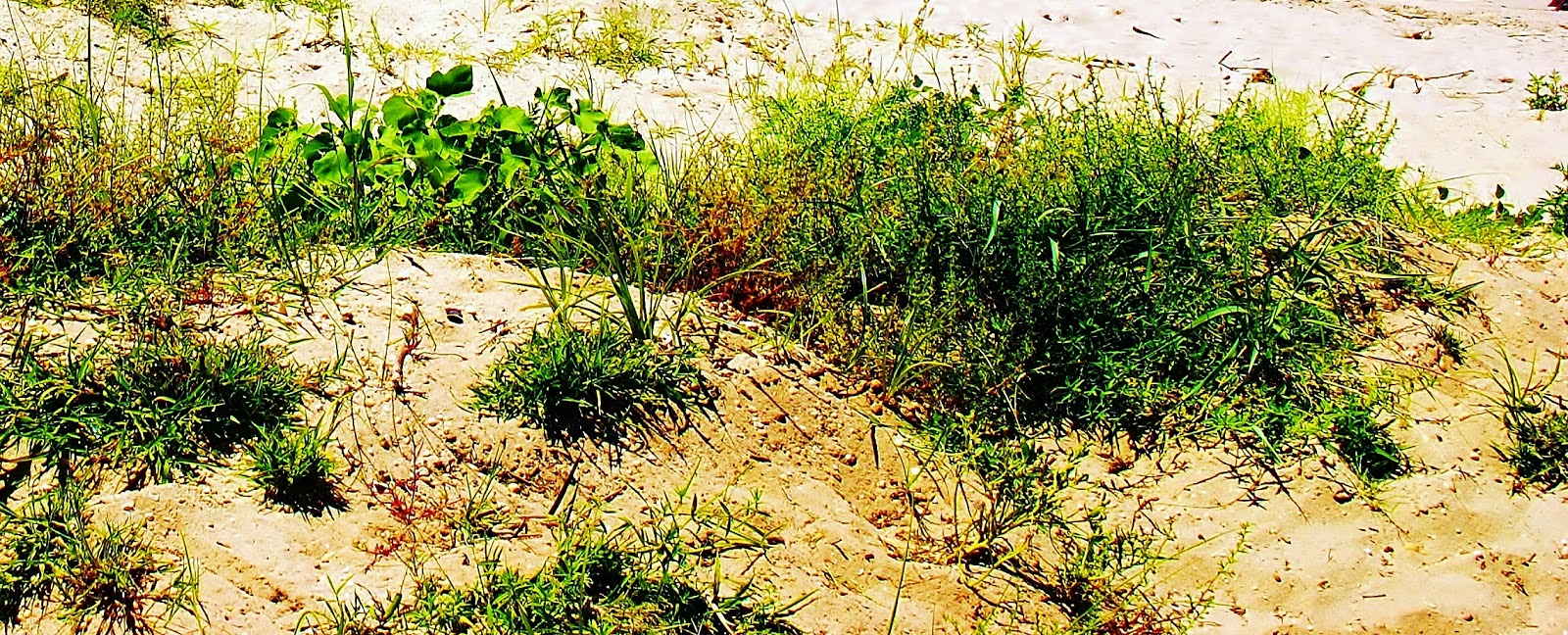 There's still snow on the ground here
and I'm still writing about the warm desert and the mythological
species of humanoids that live there, the Djinn or Jinn (singular
Jinni.) The popular terms for these humanoids is genie.
There's still snow on the ground here
and I'm still writing about the warm desert and the mythological
species of humanoids that live there, the Djinn or Jinn (singular
Jinni.) The popular terms for these humanoids is genie.
As I mentioned in the last post Djinn and Demons - Part 1 I am designing several humanoid races for my YA fantasy
series similar to elves and other mythological humanoids. The Djinn
folklore is intriguing to me.
I find the overlap between the role
the Djinn fill in Middle Eastern mythology similar to the role filled
by elves in Northern European mythology.
Pre-Islamic
folklore describes Djinn as ugly, evil demons that roamed the deserts
and wildernesses taking malicious delight in punishing humans that
intentionally or accidentally harmed them. These punishments often take the form of diseases or
accidents. [Does this role sound familiar? Many creatures of Faery do exactly the same thing.] Do
you find the roles the elves and Djinn filled in their cultures
similar enough to be interesting?
 The
Djinn are creatures born of fire and air, but are not immortal. They
have the same bodily needs as humans and can be killed. They have
supernatural powers. They are free from physical restraint, able to become a cloud. Another power, used more frequently than not, is invisibility. [Hmm... they don't even need a red hat of invisibility
like the elves and red caps. They must be powerful!] They are able to take any
shape, human or animal and dwell in inanimate objects, under the
earth, in the air and in fire.
The
Djinn are creatures born of fire and air, but are not immortal. They
have the same bodily needs as humans and can be killed. They have
supernatural powers. They are free from physical restraint, able to become a cloud. Another power, used more frequently than not, is invisibility. [Hmm... they don't even need a red hat of invisibility
like the elves and red caps. They must be powerful!] They are able to take any
shape, human or animal and dwell in inanimate objects, under the
earth, in the air and in fire.
Some believed they were the children
of Satan and Lilith, Adam's conjoined twin and first wife who
separated from him and left because she was not treated as an equal.
[Interesting myth, though not within my self mandated mythological species
exploration. Was she the first feminazi? Cool!]
 When
free, the Djinn live in Kaf, a mythical range of emerald mountains
that encircles the Earth. I say when free, because these physically
variable creatures could be trapped and controlled by magic. They
were at the call and service of humans. I will talk more about this
in my next post.
When
free, the Djinn live in Kaf, a mythical range of emerald mountains
that encircles the Earth. I say when free, because these physically
variable creatures could be trapped and controlled by magic. They
were at the call and service of humans. I will talk more about this
in my next post.
But
suffice it to say that after the coming of Islam the folklore was
modified. Some Djinn were allowed to become beautiful, good-natured
and female. Why
do you think the coming of Islam changed the folklore to soften the
power of the Djinn? According to one source, it is the official Islamic
belief that the Djinn will have to face judgment to receive either
damnation or salvation like humans.
There
are several levels or classes of Djinn. According to several sources there are 5
kinds. But the names of the five kinds is not consistant. Here are some of them:
- si`la - treacherous and of variable form
- `IFRIT - evil spirits
- Ghul - Also treacherous shape changers
- Marid - the strongest type
- Shaitan
- Jinn,
- Jann - the weakest type
This website lists a few more types: Djinn Universe Website
Questions:
- Do you find the roles the elves and Djinn filled in their cultures similar enough to be interesting?
- Why do you think the coming of Islam changed the folklore to soften the power of the Djinn?
In
my next post I'll write about the folklore surrounding Solomon's
building of the temple and what that
has
to do with Djinn.


2 comments:
Well written survey!
Thanks, Ebenezer.
Post a Comment